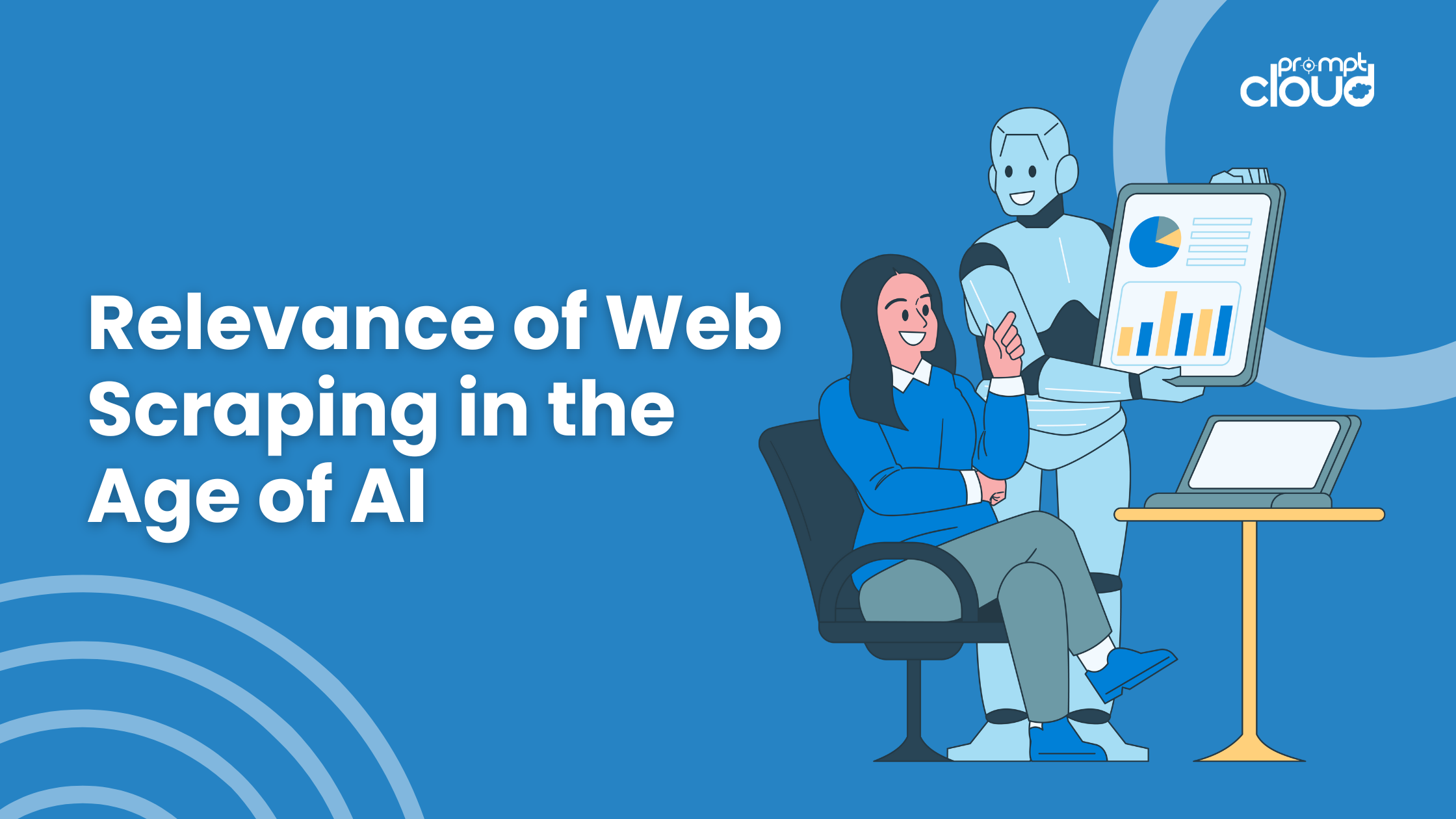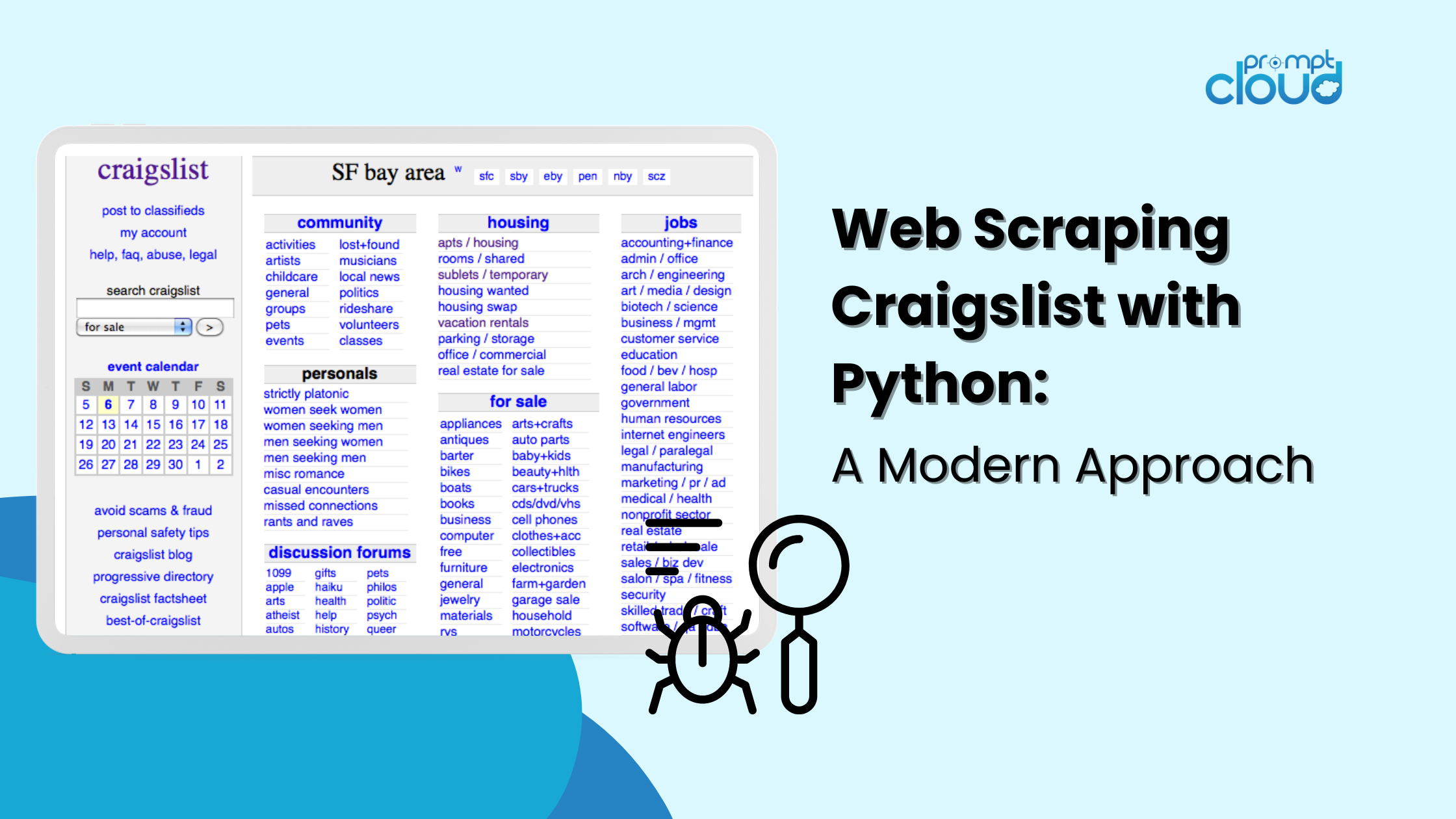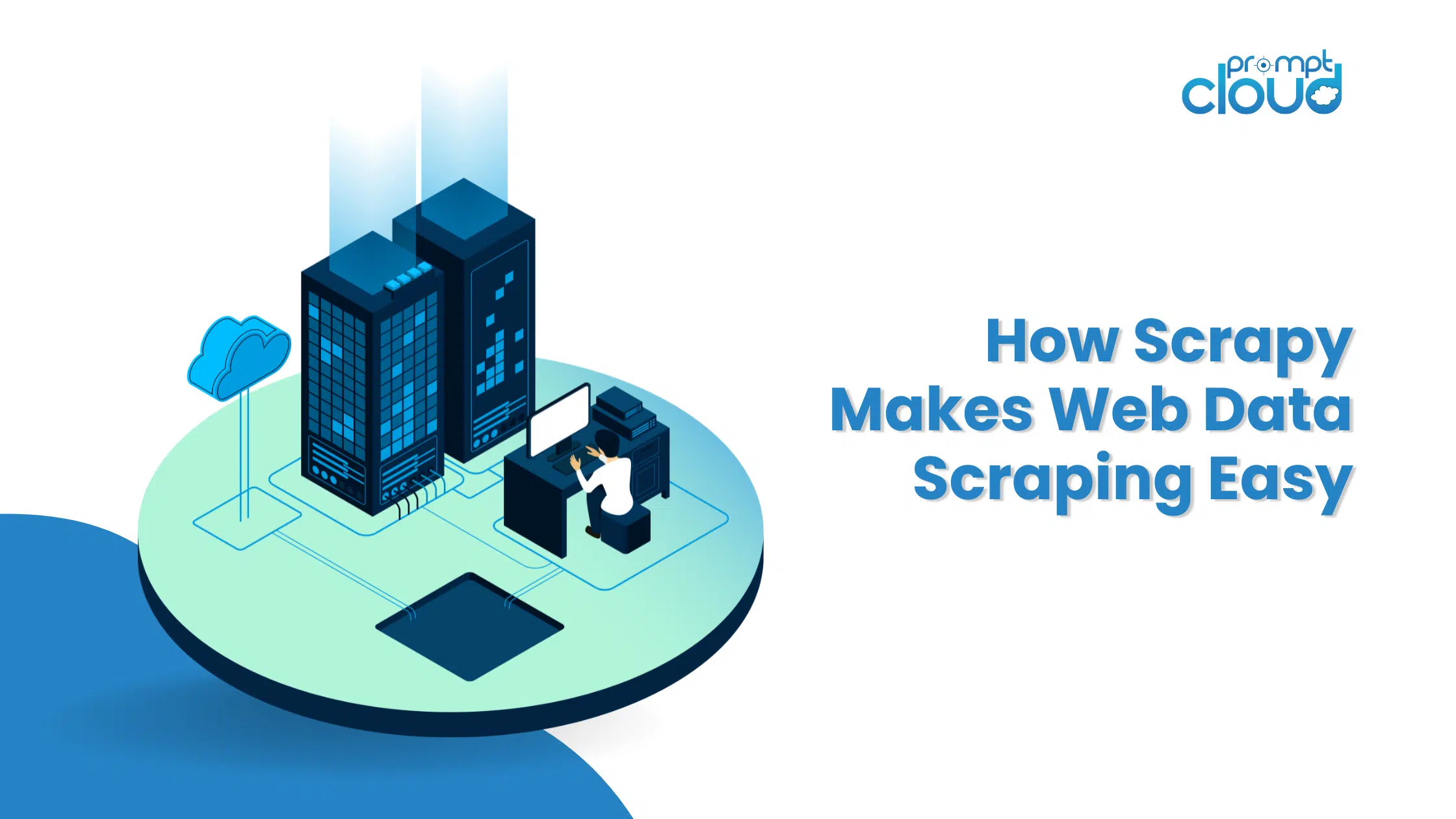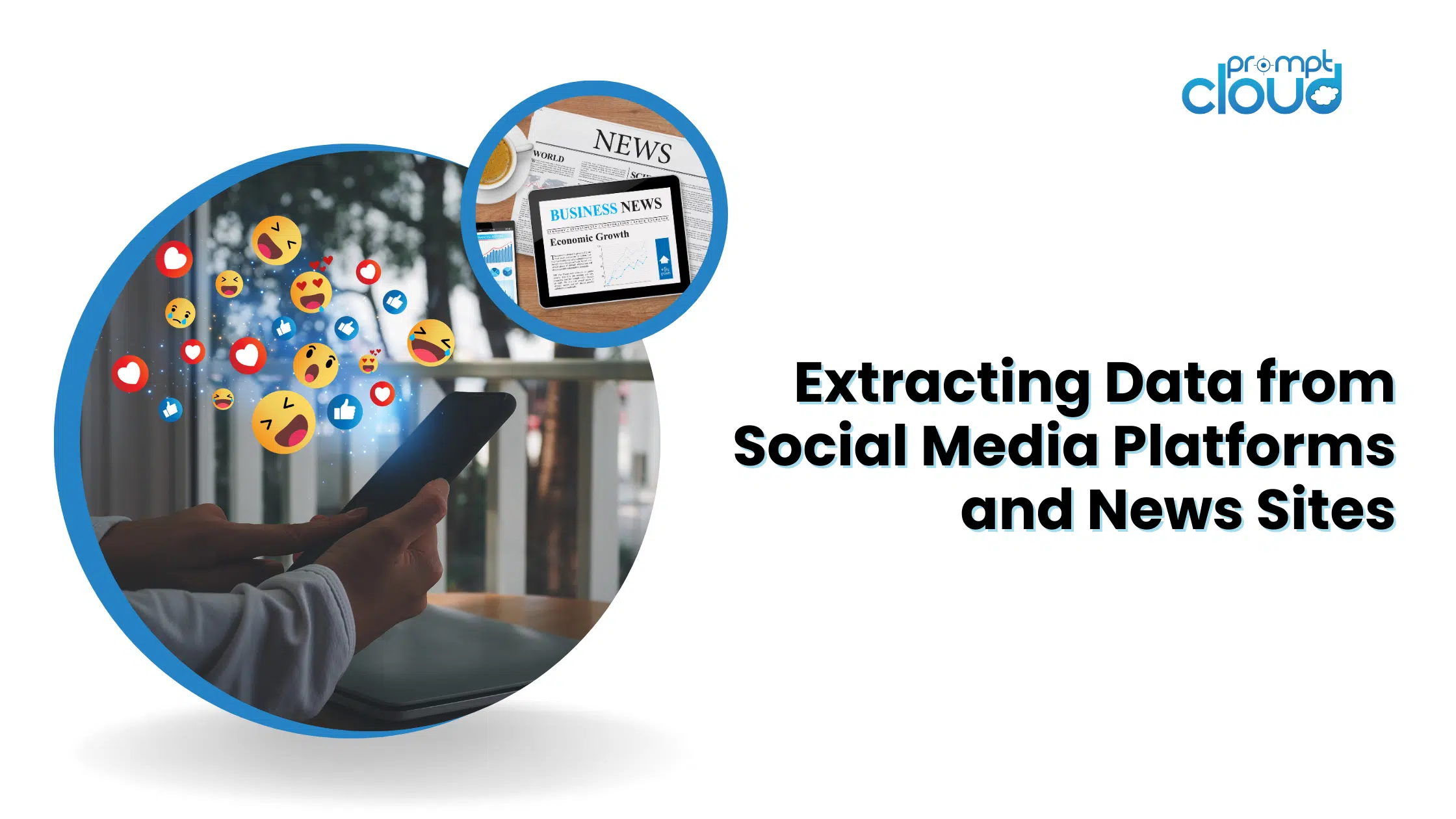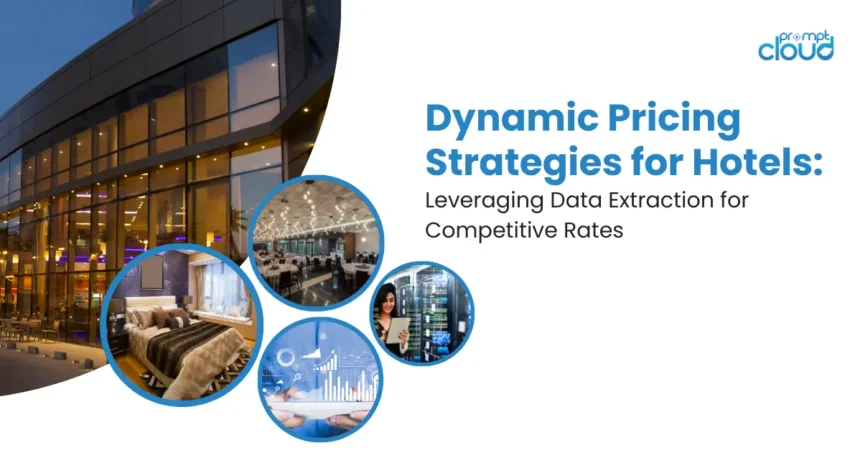
In the ever-evolving landscape of the hospitality industry, staying ahead in the competitive market is more crucial than ever. For hoteliers, the ability to dynamically adjust pricing in response to market demands can be the difference between a full house and empty rooms. Enter the world of data extraction – a powerful tool that is reshaping how hotels strategize their pricing models to maximize both occupancy and revenue. Let’s explore how leveraging data extraction for dynamic pricing strategies can transform your hotel business.
Understanding Dynamic Pricing
Dynamic pricing enables businesses to adjust their pricing in real-time based on several key factors, including demand levels, competitor pricing, and prevailing market conditions. This strategy is particularly effective in the hotel industry, allowing establishments to align their room rates with current market dynamics, ensuring they offer competitive and attractive pricing at all times.
For example, a hotel situated in a major city may implement dynamic pricing during a large international festival, a period when the demand for accommodation spikes. By raising room rates in response to this increased demand, the hotel maximizes its revenue potential during the event. Once the festival concludes and demand normalizes, the hotel can then lower its prices to more competitive rates, attracting guests in the quieter period and maintaining steady occupancy. This flexible pricing approach allows the hotel to efficiently navigate the fluctuations in demand and competition, ensuring optimal pricing and occupancy year-round.
The Role of Data Extraction in Dynamic Pricing
Data extraction is the process of retrieving relevant information from various sources, which can then be analyzed to inform business decisions. In the context of dynamic pricing for hotels, data extraction plays a pivotal role by providing the insights needed to make informed pricing decisions. Here’s how it works:
Competitive Analysis
By extracting pricing data from competitors’ websites, hoteliers can gain insights into the pricing strategies of other hotels in the area. This information is invaluable in setting rates that are competitive yet profitable.
For example, a mid-sized hotel in a popular tourist city decides to conduct a competitive analysis by extracting pricing data from several competitor websites across different categories, from luxury to budget accommodations. This analysis reveals that during the upcoming holiday season, most competitors are planning to increase their rates by approximately 20% in anticipation of higher demand. Armed with this information, the hotel strategically decides to increase its rates by 15%, positioning itself as a more attractive option for price-sensitive travelers without significantly undercutting its own potential revenue. Additionally, by analyzing the amenities and services offered by competitors at higher price points, the hotel identifies opportunities to enhance its own offerings with value-added services at a minimal cost, further distinguishing itself in the market.
Demand Forecasting
Data extraction can also help predict demand based on historical data, events, seasonality, and booking patterns. This foresight enables hotels to adjust prices to capture maximum revenue during high-demand periods and offer discounts to boost occupancy during slower times.
For instance, a hotel in a coastal city might use data extraction to analyze historical occupancy rates and booking patterns over the past five years. This analysis might reveal that demand for rooms significantly increases in the month leading up to the annual seafood festival, a major event that draws thousands of visitors to the city. Armed with this information, the hotel can proactively increase room rates for the period surrounding the festival, capitalizing on the heightened demand.
Conversely, the same data might show a noticeable dip in occupancy during the late autumn months, traditionally a slower period for tourism in the area. To counteract this seasonal decline, the hotel could implement targeted discounts or special promotions aimed at attracting leisure travelers or hosting corporate events, thereby boosting occupancy when it would otherwise be lower.
Customer Sentiment Analysis
Extracting and analyzing customer reviews and feedback from various platforms can offer insights into what guests value the most. This information can be used to tailor pricing strategies that align with customer expectations and preferences.
Consider a scenario where a city hotel regularly analyzes customer feedback from online travel agencies, social media, and its own feedback forms. Through this analysis, the hotel discovers a consistent emphasis from guests on the importance of sustainable and eco-friendly practices in their accommodation choices. Many reviews praise the hotel’s use of solar energy and biodegradable products, indicating a willingness among guests to pay a premium for sustainable options.
Armed with this insight, the hotel decides to introduce an “Eco-Friendly Stay” package, which includes a room cleaned with eco-friendly products, organic meals, and the option to offset carbon emissions for an additional fee. This package is priced slightly higher than the standard rate, reflecting the added value it offers to environmentally conscious guests. The result is twofold: the hotel sees an increase in bookings for the Eco-Friendly Stay package, reflecting a successful alignment of product offerings with customer values, and it reinforces its brand identity as an environmentally responsible establishment.
Implementing Dynamic Pricing with Data Extraction
Leveraging data extraction for dynamic pricing requires a combination of the right tools and strategies. Here are some steps to get started:
- Choose the Right Data Extraction Tools: Select tools that can efficiently extract data from a variety of sources, including competitor websites, online travel agencies, and review platforms.
- Analyze the Data: Use analytics tools to process the extracted data, identifying trends, patterns, and insights that can inform your pricing strategy.
- Automate Pricing Adjustments: Implement software solutions that can automatically adjust your prices based on the insights gained from data analysis, ensuring that your rates are always optimized for current market conditions.
- Monitor and Refine: Dynamic pricing is an ongoing process. Continuously monitor the market and adjust your strategies as needed to stay competitive.
The PromptCloud Advantage
At PromptCloud, we specialize in providing advanced data extraction solutions that empower hotels to implement effective dynamic pricing strategies. Our robust data extraction services are designed to handle the complexities of gathering and processing vast amounts of data from diverse sources, making it easier for you to stay ahead of the competition.
In the digital age, data is king. By harnessing the power of data, you can ensure that your hotel always offers the right price at the right time, maximizing occupancy and revenue. Embrace the future of hospitality with dynamic pricing, powered by the insights only data extraction can provide. For custom scraping solutions, get in touch with us at sales@promptcloud.com











